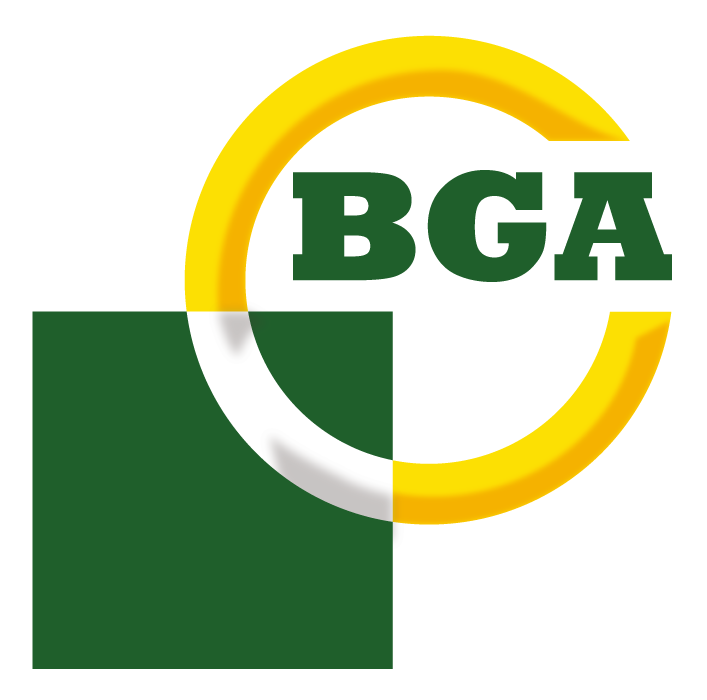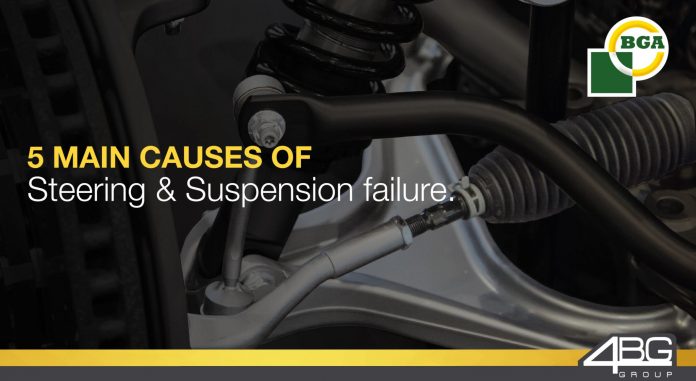
1 – Normal Wear Out
Suspension components are exposed to constant stress. Parts subjected to stress are prone to wear out. This is one of the most common causes why some parts, like control arms, ball joints, and bushings fail and need to be replaced. There is no exact lifespan for steering and suspension parts; the main factors that come into place are the conditions the vehicle is driven in, and how many bumps the components have to endure. Not every vehicle is driven by the same person or on the same roads. However, fair estimations can be made by manufacturers to determine the lifespan of the parts. Always choose a reputable supplier with quality standards adhering to at least OE standards to ensure longevity.
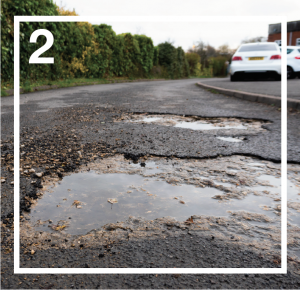
2 – Premature Wear Out
Misuse of a vehicle can cause premature wear out of its parts. Its suspension and steering parts are not exempt from that. While driving over large potholes or bumps, control arms can bend or break, and control arms bushings can wear out prematurely.
A vehicle used on rough roads will create more friction between the ball studs and bearings causing increased friction and accelerated wear.
Bushings and strut mounts wear out prematurely when they are mistreated; for example: when a vehicle that wasn’t designed for off-road use is used off-road, when a standard car is taken to do fast laps in a circuit, or when it has been fitted with larger aftermarket rims with low profile tires. This kind of rim and tire combination transfers more vibrations to the bushings because these tires absorb fewer shocks from the road and add extra load to the bushes and other suspension components.
Bushes wear out faster in hot climates and are also sensitive to engine fluids such as oil. An engine leaking oil will damage the car’s bushings if the oil remains on them for a long time. They are also damaged by exposure to transmission fluid.
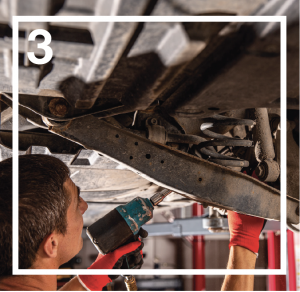
3 – Corrosion
Corrosion is an enemy of metallic parts. Exposure of suspension parts to road splash and salt over time can cause rust corrosion if the metal has not been treated correctly by the manufacturer. Every metallic part on the track control arms, ball joints, stabilizer links, bushes, strut mounts, and tie rod ends are constantly exposed to corrosion. These parts, being vital for vehicle safety, need to be replaced if excessive corrosion is shown in any of their parts. When it’s time to replace any of these components, it’s always a good practice to do it with replacement parts that have been
treated to be corrosion resistant. Metallic parts treated with cataphoresis coatings or corrosion protection plating are always preferred, and in the
long run, will provide better results than parts poorly treated or untreated.
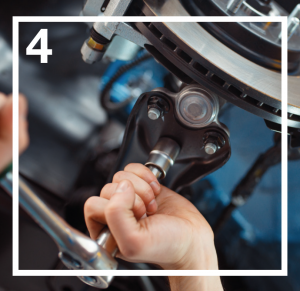
4 – Poorly installed parts
Poorly installed suspension parts can cause steering and suspension components to fail. For example, an improperly installed bush can cause a control arm to perform poorly, also having repercussions on other suspension components. Another example could be improper torquing of a ball joint. This may break the joint stud and damage the steering knuckle. If it were too loose, the ball joint would wear out prematurely and would need an unnecessary replacement. Suspension and steering parts work as a whole and if a single part is misplaced, it is highly likely to damage the rest.
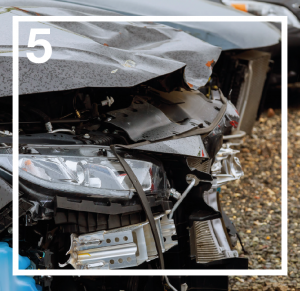
5 – Accidents
Steering and suspension parts need to be checked after an accident. It’s advisable to check for bent control arms after a front or side impact at the level of the wheels. Another common reason for control arm replacements is improper towing of the vehicle.
Some negligent tow truck operators latch their towing truck hooks to the control arms, bending them. There are plenty of other places to hook a car for towing, but it seems that some operators prefer using the control arms to do so.
BGA Steering & Suspension
Trust in us
– 90 Years of OE manufacturing heritage.
– Tested beyond OE levels.
– Cataphoretic coating/induction hardened.
– Industry leading CN584LO Grease.
– Kits available and all accessories included.

